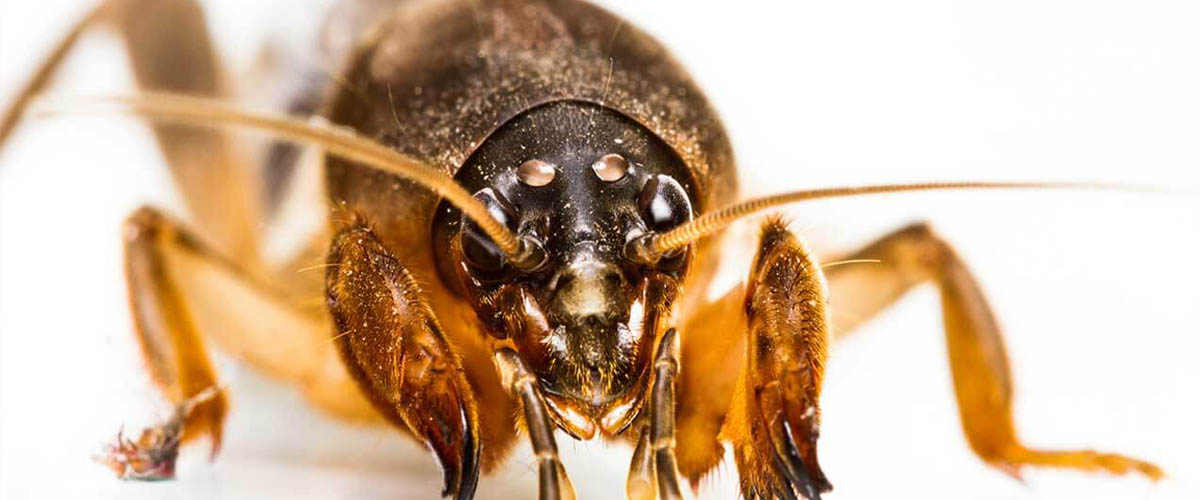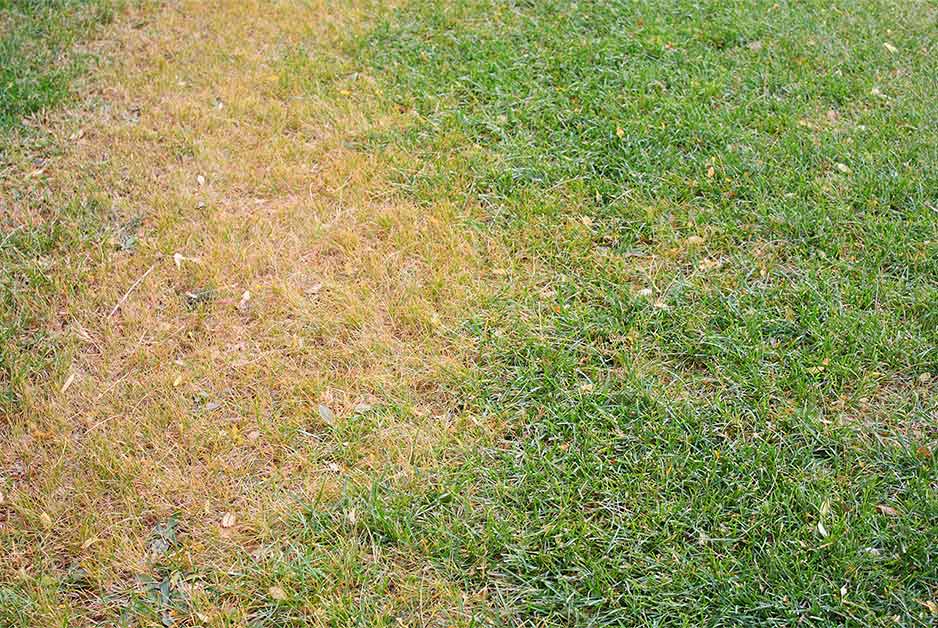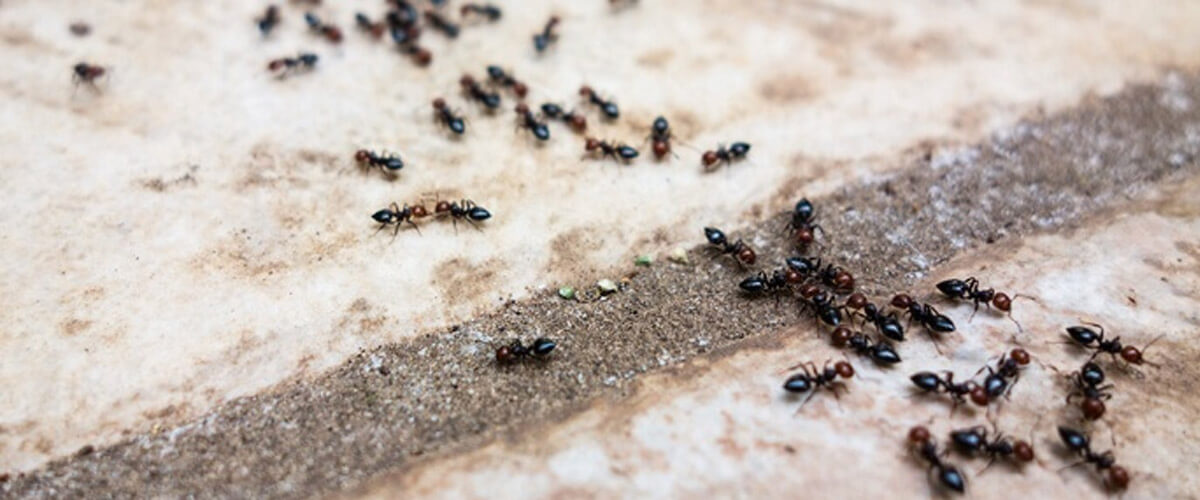How to Kill Mole Crickets and Prevent Lawn Damage
Spring comes early in southern states, and so does mole cricket activity. These sub-surface pests are responsible for widespread turf destruction. Some estimates place mole cricket damage in the tens of millions of dollars in several southern states, and hundreds of millions in Florida alone.1 Monitoring mole cricket activity year round — and especially during spring months — can keep your home's lawn from joining those statistics.
RECOGNIZING MOLE CRICKETS IN ACTION
Once you see a mole cricket, you'll remember it. These creatures look like strange crosses between lobsters and crickets, with large, clawed front legs reminiscent of moles. Adults measure about 1 to 1 1/4 inches long,3 with immature nymphs just smaller versions of the same distinctive form. Both native and invasive species trouble lawns in the United States, but two non-native species have the farthest range and do the most damage: the tawny mole cricket and the southern mole cricket.2,4
Some species harm turf through tunneling and uprooting grasses, but others feed heavily on roots and dine on tender shoots on the surface. Few tiny seedlings are safe. Disturbed soil where adults emerge from the ground is an early sign of spring activity. Uprooted seedlings and raised, molelike runways just below the soil's surface show where their spadelike front legs have tunneled through soil. By the time dead turf becomes visible in late summer, mole cricket damage is done.
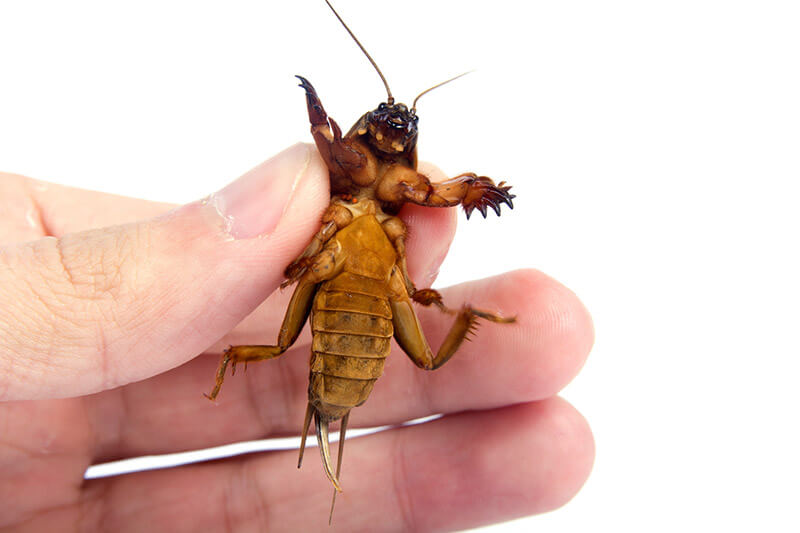
Mole crickets vary in size, depending on the species.
UNDERSTANDING MOLE CRICKET LIFE CYCLES
Mole crickets start life as eggs, pass through several immature, nymph stages, and then become adults. Understanding this process helps give you the upper hand. One generation generally occurs per year, but lawns in the Deep South can see two.4 Mole crickets overwinter in soil as large, final-stage nymphs or adults, then emerge and mate when spring soil warms. Males die shortly after mating. Females dig up to 10 inches deep in moist soil and lay 100 to 150 eggs before they die.2
Depending on soil temps and soil moisture, eggs hatch in 10 to 40 days, with three weeks most common.4,2 By late spring and early summer, damage has started. With each molting stage, nymphs become larger, more destructive and more resistant to control. Warm-season grasses, such as Bermuda grass and Bahiagrass, are favorite targets. Because mole cricket nymphs strike during these grasses' peak growth, their damage often stays hidden until it's too late.
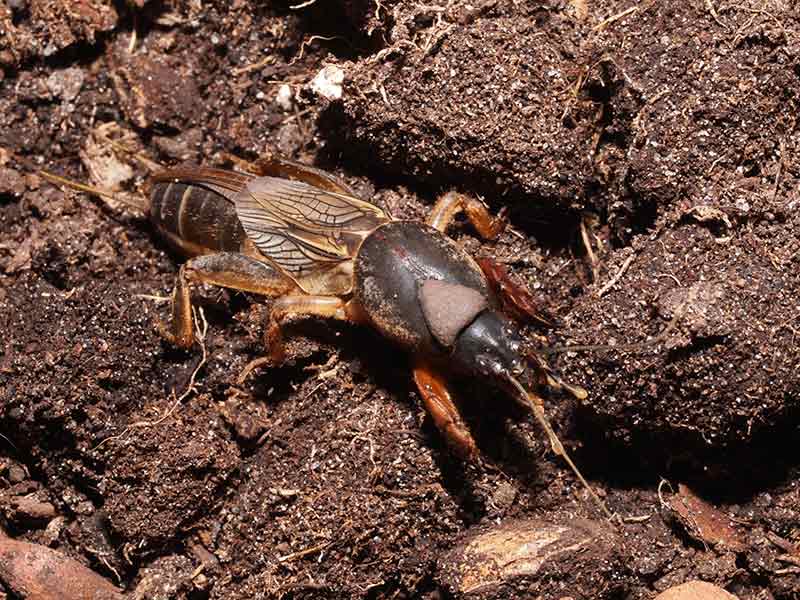
Most mole cricket adults have wings and fly.
MONITORING ACTIVITY AND TIMING PEST CONTROLS
Preventing mole cricket damage requires hitting the highly destructive nymphs before the prime time for treatment has passed – and before damage can be seen. This is actually easier than it may seem. Areas with adult activity in spring are excellent indicators of where eggs were laid – and where turf should be treated when nymphs hatch. Treating adults during their spring rituals can reduce tunneling and egg laying, but follow-up nymph treatments are essential to successful control.
Nymphs are most vulnerable in late spring and early summer when they're newly hatched, close to the surface, and about 1/4-inch long. By the time they reach 1/2 inch in length a few weeks later, they burrow deeper into protective soil and become more effective at evading treatments.3,1 By monitoring spring activity and proactively treating those areas before nymph damage ever shows, you can hit these pests hardest and most effectively.
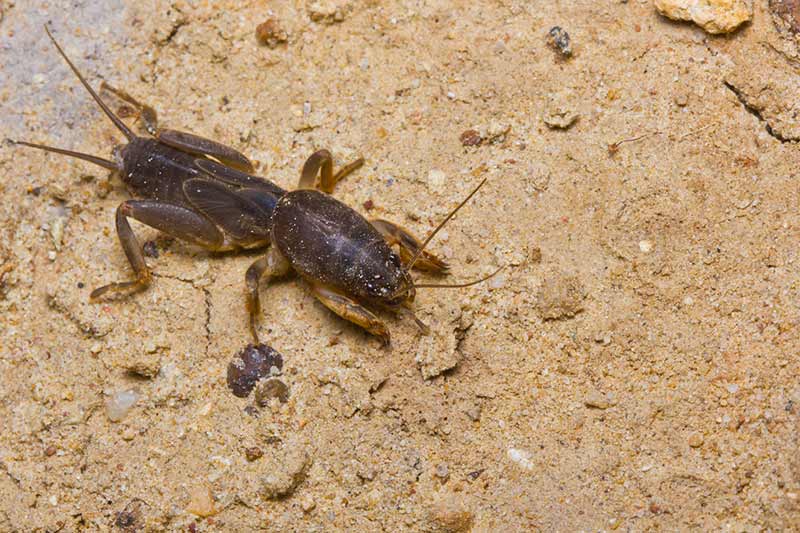
Mole crickets species vary in some ways, but all share their similar, unique appearance.
TESTING AND TREATING ACTIVE AREAS
If you suspect mole crickets at work, a simple soapy-water flush brings them to the surface and confirms your suspicions. If your soil is dry, water it well. Mole crickets stay deeper in dry soil, but moisture brings them higher. Mix 2 tablespoons of liquid dishwashing detergent (some experts say lemon-scented may work best 2,3) with 2 gallons of water in a watering can, and drench an area about 2 square feet. As the soap penetrates, mole crickets pop up. Look closely so you don't miss tiny nymphs. If two to four mole crickets surface in three minutes, your lawn needs help.4,2
For successful control, pesticides must be able to reach mole crickets in their protective, sub-surface tunnels. Ideal treatments also expand your coverage window as nymphs hatch and start to feed. Amdro Quick Kill Lawn Insect Killer Granules, Amdro Quick Kill Insect Killer for Lawn & Landscape Ready To Spray and Amdro Quick Kill Insect Killer for Lawn & Landscape Concentrate deliver powerful control to conquer these resilient, elusive pests. As an added bonus, these granular and liquid formulas keep working for up to three months, so you can get back to summertime fun.
Whether you're dealing with destructive mole crickets or other troublesome pests, you don't have to go it alone. The people who bring you Amdro products and the full line of Amdro pest controls are committed to ending pest disruptions in your life and helping you protect and enjoy your home and lawn.
Amdro and Amdro Quick Kill are registered trademarks of Central Garden & Pet Company.
Sources:
1. Brandenburg, Rick L., “Keeping Mole Crickets in Check," North Carolina State University, Grounds Maintenance.
2. Brandenburg, Rick L. and Williams, C.B. III, “Mole Cricket Management in NC," North Carolina State University, May 2002.
3. Cobb, Patricia P., “Controlling Mole Crickets on Lawns and Turf," Alabama Cooperative Extension System.
4. Capinera, John L. and Leppla, Norman C., “Shortwinged Mole Cricket, Scapteriscus Abbreviatus Scudder; Southern Mole Cricket, Scapteriscus Borellii Giglio-Tos; and Tawny Mole Cricket, Scapteriscus Vicinus Scudder (Insecta: Orthoptera: Gryllotalpidae)," University of Florida 2004. 9915

